

|
|
|
1875-CC
CC In Wreath
Variety 112c
Obverse 3: Die Defect On Mid Section, High Date, Downward Slope
Reverse H.4: Small Wide CC, [mm Rt,L], Partial Die Cud 3:00 - 4:30
Collar: 113 Reeds
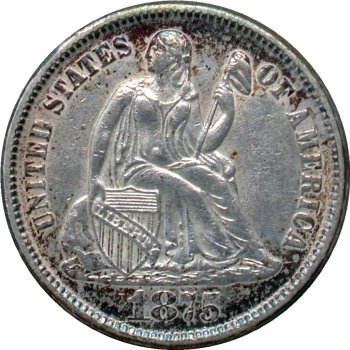
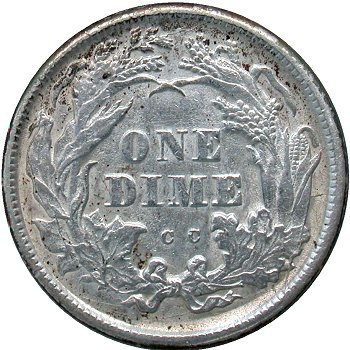
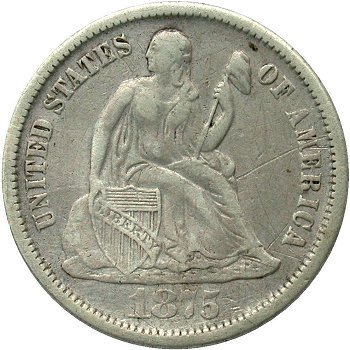
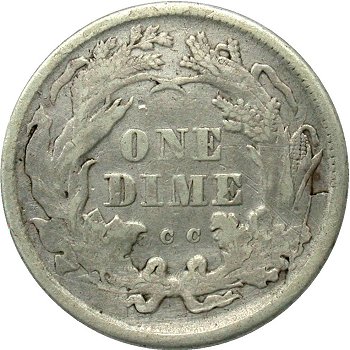
Obverse 3 Reverse H.4
Obverse Diagnostic Point(s) Reverse Diagnostic Point(s)
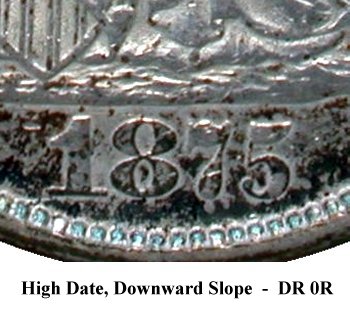
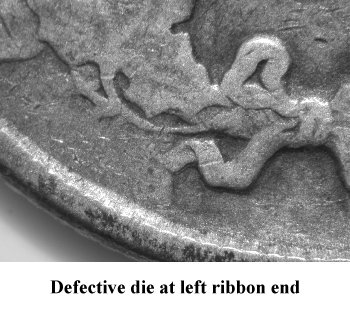
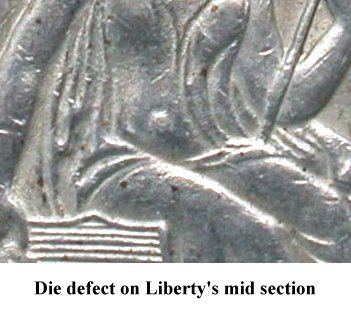
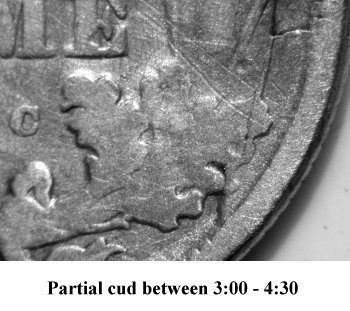
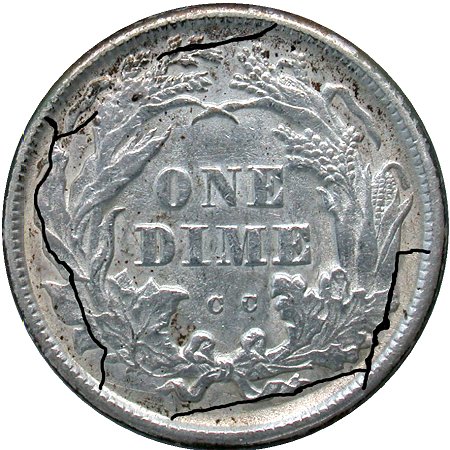
Comments: I have seen a number of Wide CC reverse examples with a defective die in the region of the left ribbon end. The reverse die anomaly eliminates the striking of the left ribbon end and nearby portions of the wreath. I have not developed any theories as to the cause of this anomaly, but would welcome comments.
Reverse H is in a terminal die state with a partial cud present between 3:00 and 4:30. Interestingly, Reverse H is not consistently paired with Obverse 3 between the Variety 112b and 112c die states. Instead, the Carson City mint workers paired Reverse H during its H.3 die state with Obverse 5 and Obverse 12. Upon further degradation, Reverse H is once again paired with Obverse 3 to produce limited coinage since the reverse die is essentially shattered. This die remarriage with Obverse was confirmed when the above AU55 example was located during July 2015. This example is in a die state immediately prior to the reverse die being fully cracked and leaving a partial cud with shelf metal. Reverse H.4 is extensively cracked as illustrated above.
An emission sequence for Reverse H with die marriages is currently mapped as Obverse 3-H, Obverse 10-H, Obverse 13-H, Obverse 3-H.2, Obverse 12-H.3, Obverse 5-H.3, then Obverse 3-H.4 as the final terminal shattered state.
Plate Coin: Gerry Fortin Rare Coins Inventory, AU55 (above top), Dr. Tim Cook Collection, VF35 Details (above)